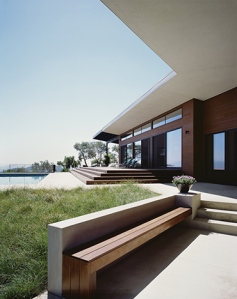Your Cart is Empty
Customer Testimonials
-
"Great customer service. The folks at Novedge were super helpful in navigating a somewhat complicated order including software upgrades and serial numbers in various stages of inactivity. They were friendly and helpful throughout the process.."
Ruben Ruckmark
"Quick & very helpful. We have been using Novedge for years and are very happy with their quick service when we need to make a purchase and excellent support resolving any issues."
Will Woodson
"Scott is the best. He reminds me about subscriptions dates, guides me in the correct direction for updates. He always responds promptly to me. He is literally the reason I continue to work with Novedge and will do so in the future."
Edward Mchugh
"Calvin Lok is “the man”. After my purchase of Sketchup 2021, he called me and provided step-by-step instructions to ease me through difficulties I was having with the setup of my new software."
Mike Borzage
The Edge: The Architect and the City
August 16, 2013 3 min read
September this year will be a very special month here in San Francisco, as we'll get to celebrate the 10th Anniversary of Architecture and the City. This annual festival is a celebration across the city of architecture and I will be posting interviews with some of the people who this year will contribute to the over 40 events taking place in the Bay Area.

Novedge: Tell us a bit about who you are and what you do
Cary Bernstein: I am an architect in San Francisco. I became an architect because great architecture makes the world a better and more meaningful place, combining the practical with the aspirational and the physical with the phenomenal, the individual with the community. My firm has 8 people – we work on residential, commercial, civic and arts-related projects. Our work is modern with an emphasis on clarity of form, craft and natural light. Making projects unique, site specific and personal is an important part of our practice.

Novedge: Your practice is based in San Francisco, but you have also worked internationally, in Moscow and Taipei, for example. What were the main differences and similarities between working at home and abroad?
Cary Bernstein: When working locally, we have complete involvement in our projects from conception through construction. When working on international projects, it's not as likely that we'll be able to have as close a relationship to the construction process – the design has to take that into account. Each region, even within the US, has strengths in construction technique and available material- it's important to leverage these local strengths for a successful project.
Novedge: What is a recent project that you worked on?
Cary Bernstein: Hill House was completed earlier this year and will be featured on the AIA SF Home Tour in September. This renovation was extensive enough to allow for a complete redesign of the house, providing an opportunity to define the architectural identity anew. The house is compact – just under 2,000 sf – and yet feels larger because of the open and airy quality of the space, efficiency of the plan and integration of the landscape with the interior.
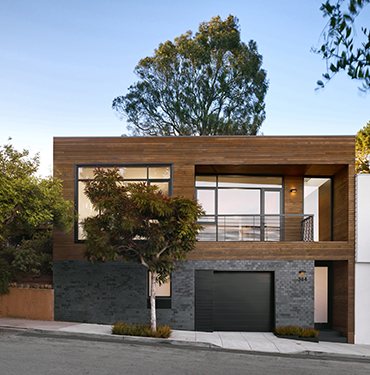
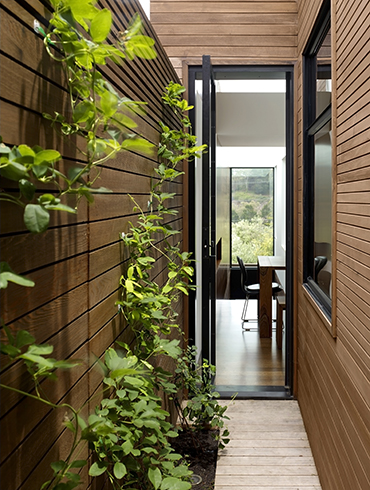
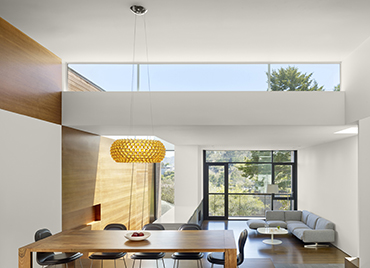
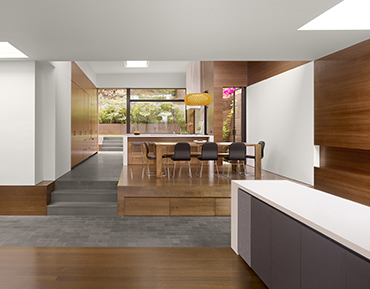
Novedge: What software do you use?
Cary Bernstein: AutoCAD, SketchUp, Photoshop, Adobe Creative Suite. We are just starting to use Rhino for some custom light fixtures and it's helpful for handling curves.
Novedge: You have joined the 1% program of Public Architecture. Why is it important to give back?
Cary Bernstein: It's important to leave the world a better place than you found it. Our private clients fund the construction of beautiful things, often with a lot of customization - but this is only one kind of design joy. Good design dignifies people: by creating spaces which communicate real care and not just function, people of all economic brackets have basic needs met and feel more connected to their immediate world.
Novedge: You recently spoke at the AIA's "Missing 32% Symposium" in San Francisco. What are the challenges women still face in architecture and what has helped you navigate the field and a business owner?
Cary Bernstein: The biggest challenge is balancing the desire for a family with the realities of practice in a creative, service profession. Creative work has no time limit and service professions have clients with requirements that need to be met, sometimes with difficult schedules. These two factors have time demands that many people (women and men) who have multiple obligations bump up against. Architectural fees are generally low which means firms have to staff each project with as few people as possible to get the job done – this means each employee is really important and not easily fungible. The larger the firm, the more flexibility there might be, but smaller and mid-sized firms have less flexibility. A certain amount of sexism directs women (explicitly or implicitly) towards interiors, reducing options available to men for building commissions. Within the profession, there is often conflict (most typically on the job site) and women who are cultured to be conflict-avoidant may be frustrated. I often encourage young women to volunteer for Habitat for Humanity or other organizations where they can participate in construction in order to improve their understanding of it.
Novedge: As a teacher, what are some of the most important things you would like your students to take with them once they graduate?
Cary Bernstein: Learn how to learn. Throughout life and work, there will always be things you don't know but you have to know how to find out the information and solve the problem without someone handing you the answer.
Make sure to visit Cary's website and like her Facebook page.
Also, here's how you can get a ticket to the tour of the Hill House if you are going to be in the San Francisco Bay Area on September 28th.
Interested in volunteering with Architecture for Humanity or The 1% Program? We hosted a Hangout earlier this month to learn more about these two organizations, check it out here.
Also in NOVEDGE Blog

Enhance Your Designs with VisualARQ 3: Effortless Geometry Extensions for Walls and Columns
April 30, 2025 8 min read
Read More
MecSoft Unveils RhinoCAM 2025 and VisualCAD/CAM 2025 with Enhanced Features
March 08, 2025 5 min read
Read MoreSubscribe
Sign up to get the latest on sales, new releases and more …



